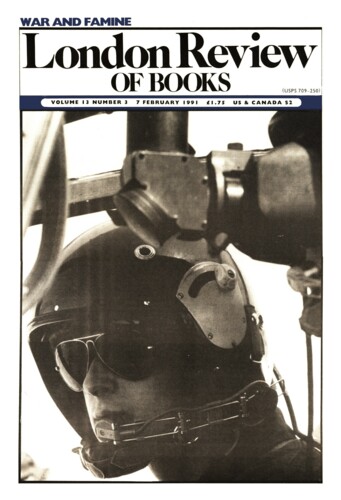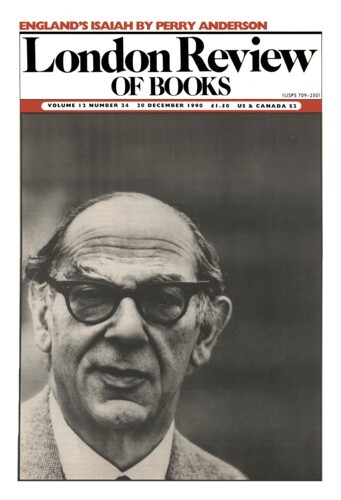What ho, Giotto!
Julian Symons, 7 February 1991
In the beginning there was Cookham, and Pa and Ma and ten other children apart from Stanley, including two who died in childhood. Cookham was Paradise, but Paradise ended with the 1914 War. Afterwards there were years of confusion, then the discovery of sex. And all the while there was religion, and paintings that tried to express religious feeling, latterly including always in various forms the artist and one or other of his two wives. That was the life of Stanley Spencer (1891-1959) who became Sir Stanley, and spoke often of his ‘belief in grandeur and great Art and Religion of the grandest kind ’. The belief was shown through paintings that, if not exactly the grandest, are possibly the biggest and certainly among the oddest done in Britain during the 20th century.





